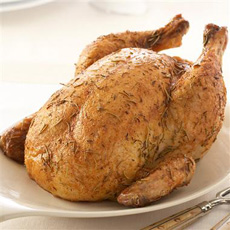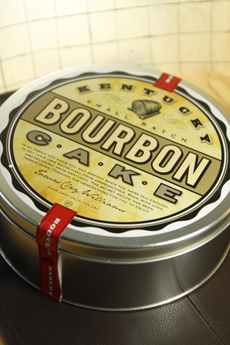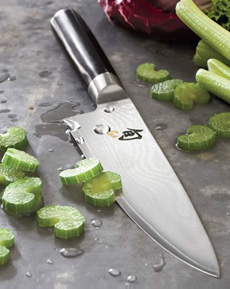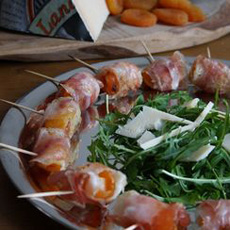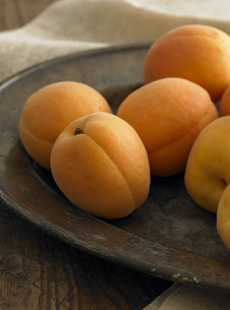|
All other knives can be sharpened for $5 apiece.
KNIFE SKILLS CLASS
If you want to learn how to better use your knives better, Sur La Table offers a basic knife skills class. You’ll practice the fundamental cuts for vegetables—mince, dice, brunoise, batonnet and julienne—plus some advanced techniques.
You’ll also learn how to select a knife that best fits your needs, and share tips for keeping all your cutlery sharp and well maintained at home.
SHARPENING KNIVES AT HOME
Use a sharpening stone. Most experts agree that a sharpening stone is the best method for home use: It provides the sharpest edge and removes the least amount of steel from the blade. You need some basic instruction, so if you have a friend who uses a sharpening stone, ask for a lesson.
Get a knife sharpener. Choose a manual knife sharpener as an easy home alternative. An electric knife sharpener may take less effort, but it also takes years off the life of your knife by removing a larger amount of steel from the blade. It also does not provide a great edge—it’s an OK edge.
Use a sharpening steel or honing steel. This steel rod, which is used religiously by professional chefs, is typically included with a set of good knives. With use, tiny metal fibers on the blade bend down, dulling the surface. The sharpening steel straightens those fibers to maintaining a sharp edge for daily use (and you can use it daily). You’ll still need those professional sharpenings, but not as frequently.
In this video, chef Jeffrey A. Wright shows how to use both the sharpening steel and the manual knife sharpener.
Finally, you can:
Seek out a professional. If you’re not near a Sur La Table, ask at your local hardware store or search online or in the Yellow Pages.
|
